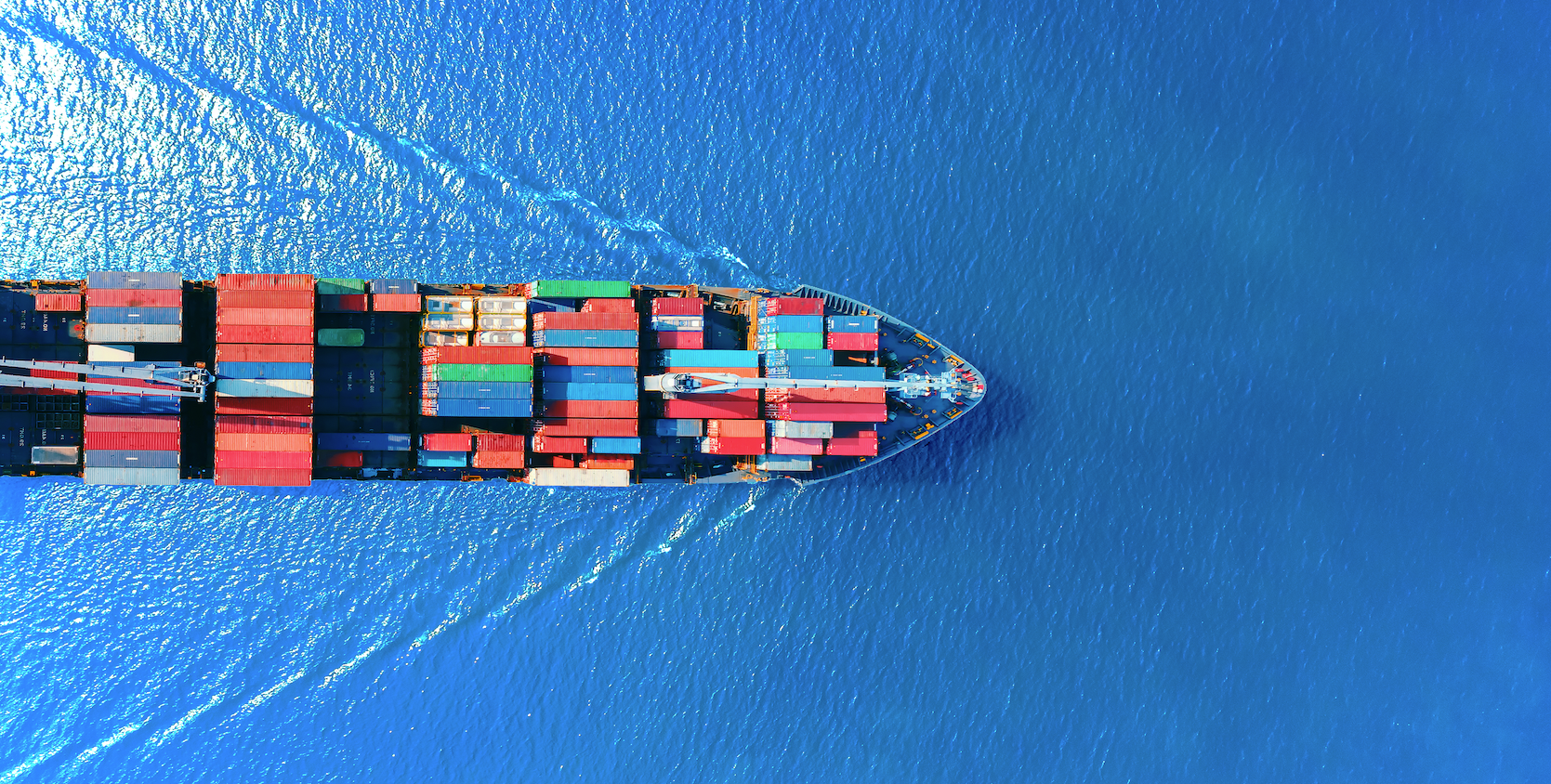Long-held manufacturing supply chains rely on container-load shipping for safe, reliable, yet inexpensive transport for raw materials. While generally stable, the past 18 months have proven nothing but turbulent, as the state of container shipping has fallen victim to several unprecedented factors. Many vulnerabilities have been exposed by the ongoing Covid-19 pandemic and its global effects along with non-Covid related issues like the Suez canal incident. The result: soaring container prices, massive delays, and equipment/labor shortages which most likely will last through mid-2022.
Sky High Prices
The demand for container bookings is at an all time high. According to BIMCO, cargo volumes have increased 27% in 2021 compared to pre-pandemic levels. Due to this demand, container prices have reached an all time high with the average shipping rate for an FEU surpassing $10,000. As of Sept 2021, spot pricing for a 40’ container (or FEU) from China to the US West Coast is averaging about $15,000 but can be as high as $20,000. While the average from China to Europe is $17,500 per FEU. In 2019, the cost was around $2,500 per FEU from China to the US West Coast. Since there is no incentive for shipping lines to reduce prices and government intervention will not happen overnight, we can expect high prices to remain for the foreseeable future.
Please have a Seat in our Waiting Room
Long delays have now become the norm in container shipping. The average port-to-port delay is 20-30+ days depending on the routing while factory-to-door timelines have doubled. On top of that, once vessels reach their port of destination, they face further delays waiting for berth spaces so they can be positioned for container offload and reload. To exemplify the problem, in California both Long Beach and Los Angeles have over 60 vessels currently anchored and awaiting a berth space. And the average wait time outside of these ports is 7.6 days, up from 6.2 in mid-August 2021.
In addition to sailing and port delays, there have been several port shutdowns throughout the pandemic. During this year’s Covid outbreaks, parts of China’s largest ports, Yantian and Ningbo, faced closures in May and August, and with no spare vessel capacity, rerouting and rescheduling was not an option. Instead, containers piled up at the ports and vessels stalled for several weeks. Load stalling, compounded by the inability to reroute or reschedule, has created whiplash effects that can take several months to completely mitigate.
Port closures and port congestion have also disrupted the natural flow of empty containers. It can now take several days or weeks to secure an empty container at many of the ports in Asia. This is mainly because of empty containers piling up in US ports/container yards due to the imbalance of shipments from the US back to Asia. Christian Roeloffs, Co-Founder and CEO of Container xChange, said: “It also indicates that in the coming months, which are the most crucial months for the industry, there will be higher demurrage and detention charges, higher spot rates and surcharges and intermodal delays before it finally settles.”
Planning Ahead
Some of the world’s largest businesses, such as IKEA, Walmart, and Home Depot, have tried to combat the shipping crisis by purchasing their own containers and chartering entire vessels. Smaller businesses with larger margins, like Peloton, have turned to air freight in order to maintain their delivery timelines. But for raw materials, like plastics, many businesses can barely afford the inflated container shipping prices, let alone entertain the ideas of vessel charters or air freight. Therefore, supply chains that rely on raw materials must significantly adjust their timelines from material order placement to receival especially as we enter the holiday season. Overall, holistically adjusting the thought processes around planning, forecasting and committing to order can only benefit all members of the supply chain, as we brace for a multi-year crisis on the global logistics stage.
Sources:
- Freightos Webinar “Freight Rates: How High Can We Go?”
- https://www.bbc.com/news/business-58479148
- https://www.bloomberg.com/news/articles/2021-08-28/u-s-port-problems-reach-worst-of-pandemic-amid-crush-of-imports
- https://cargotransinc.com/2021/09/01/piqueseason/
- https://www.economist.com/finance-and-economics/a-perfect-storm-for-container-shipping/21804500
- https://www.seatrade-maritime.com/containers/empty-containers-pile-wrong-end-supply-chain



